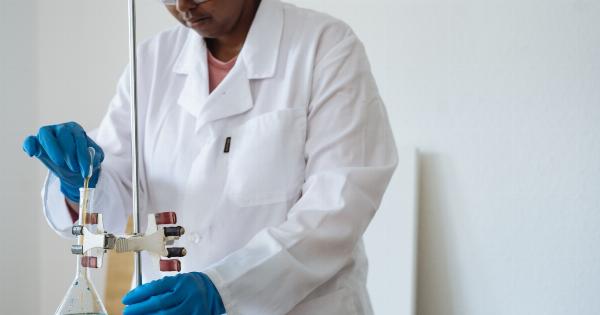Dense breast tissue is a common condition in women where the breast has more glandular tissue than fatty tissue. This condition can make it more difficult for mammograms to detect breast cancer.
Many women with dense breast tissue wonder how often they should have mammograms to ensure that they are receiving adequate screening for breast cancer. The American Cancer Society recommends that women with average breast cancer risk start getting mammograms at age 45, and then get them every year until age 54. After that, they can switch to getting mammograms every two years.
However, for women with dense breast tissue, a different approach may be necessary.
Understanding Dense Breast Tissue
Dense breast tissue is not abnormal and is actually quite common. About 40% of women in the United States have dense breast tissue, and it typically becomes less dense as a woman ages.
However, dense breast tissue can make it more difficult for mammograms to detect breast cancer because it can appear white on a mammogram, just like cancerous tissue. This can make it harder for a radiologist to distinguish between normal, dense tissue and cancerous tissue during a mammogram.
Women with dense breast tissue also have a slightly higher risk of developing breast cancer, and the cancer may be more difficult to detect until it has progressed to a more advanced stage.
Therefore, women with dense breast tissue may need more frequent mammograms or additional screening tests to detect breast cancer in its early stages when it is most treatable.
Mammogram and Dense Breast Tissue
A mammogram is a low-dose X-ray that captures images of the breast tissue. During a mammogram, the breast is compressed between two plates, and then a machine takes images of the breast tissue from different angles.
The images can detect any abnormalities in the breast tissue, such as lumps or calcifications, which can be a sign of breast cancer.
However, in women with dense breast tissue, mammograms can have limitations. Because dense tissue appears as white on a mammogram, it can make it more difficult to detect small lumps or abnormalities in the breast tissue.
This can increase the risk of a false-negative result, where cancer is present but not detected by the mammogram. This can also cause unnecessary anxiety and fear for women who may need additional testing to determine if cancer is present.
Additional Screening for Women with Dense Breast Tissue
Many experts recommend that women with dense breast tissue have additional screening tests along with mammograms to detect breast cancer in its early stages.
Some of the additional screening tests that may be recommended for women with dense breast tissue include:.
1. Breast Ultrasound
A breast ultrasound is a non-invasive imaging test that uses high-frequency sound waves to produce images of the breast tissue. A breast ultrasound can help distinguish between normal tissue and lumps or abnormalities that cannot be seen on a mammogram.
It is often used as a follow-up test for women who have had an abnormal mammogram or who are at higher risk for breast cancer.
2. Magnetic Resonance Imaging (MRI)
Magnetic resonance imaging (MRI) is a non-invasive imaging test that uses a powerful magnetic field and radio waves to produce detailed images of the breast tissue.
An MRI is more sensitive than a mammogram and can detect small tumors that are not visible on a mammogram or ultrasound. It is often used as a follow-up test for women who have had an abnormal mammogram or who are at higher risk for breast cancer.
3. Molecular Breast Imaging (MBI)
Molecular breast imaging (MBI) is a nuclear medicine procedure that uses a small amount of radioactive material to detect breast cancer cells.
MBI is used as a follow-up test for women with dense breast tissue who have abnormal mammograms or other imaging tests. It works by showing how much of the radioactive material is absorbed by the breast tissue. Tumors absorb more of the material than normal tissue, making them visible on a special camera that takes images of the breast tissue.
4. Breast Tomosynthesis
Breast tomosynthesis is a new type of mammography that takes multiple images of the breast at different angles to create a three-dimensional image.
This type of mammogram can detect small lumps or abnormalities that may not be visible on a traditional mammogram. It is often used as a follow-up test for women who have had an abnormal mammogram or who are at higher risk for breast cancer.
5. Clinical Breast Exam
A clinical breast exam is a physical exam of the breast tissue by a healthcare provider. During the exam, the provider will look for any abnormalities, such as lumps or changes in the breast tissue.
A clinical breast exam may be recommended for women with dense breast tissue who are at higher risk for breast cancer.
Conclusion
Women with dense breast tissue may need additional screening tests or more frequent mammograms to detect breast cancer in its early stages. The best approach depends on the individual woman’s age, risk factors, and personal preferences.
Women should talk to their healthcare provider about their breast cancer risk and screening options to determine the best approach for them.
























